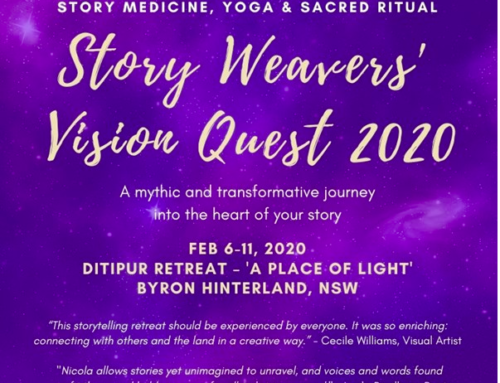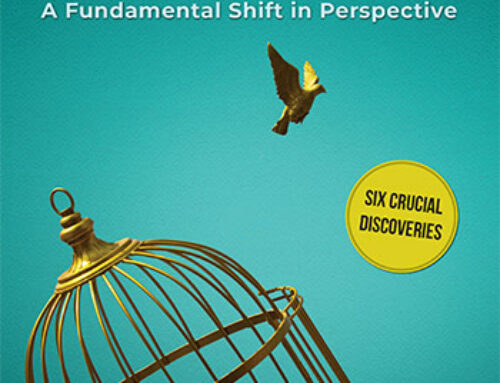Article published in Solace + Yearning – Poetry and Dance of Belonging (Vivid Publishing, 2014, 2nd ed. 2019)
I was deeply honoured to participate in the creation of both Our Secret River (2010) and Solace+Yearning (2012), originally conceived by creative director and choreographer, Annette Carmichael. Both projects emerged in response to an expressed yearning within the Denmark/Kwoorabup community for the healing of and connection to local landscape, along with its indigenous history and people.
Our solace came through exploring and communicating our deepest questions and longings, and through connecting to each other and the land via heartfelt enquiry. For most participants these thoughts and feelings had long been unspoken, and many were amazed at how the creative development process elicited such unexpected outpourings. It was a difficult topic to approach, and a controversial one within our town.
As community writing facilitator for these projects, I remember during Our Secret River, in 2010, our local women’s writing group was initially resistant to participating at all. We surprised ourselves once we began the journey together. Other ‘non-writers’ and ‘non-dancers’ also leapt on board to write, script and perform. The only qualifications for involvement were a sincere interest in the project and a willingness to reflect diverse views and feelings.
Local Theatre Director Silvia Lehmann and I first designed a process for ‘collaborative writing’ in 2008. We wanted to create a safe container in which community participants could share their stories—and even secrets. We reassured them that for the final performance their writings would be woven together and presented anonymously. At the time, we had no idea what a rich and powerful process this would become for building community, dissolving differences and developing empathy—both between the participants and with the wider audience.
The method, created in that first community arts project, has remained much the same, with some refinement, in four major projects I’ve co-facilitated since then. In each of these, I worked closely with Annette Carmichael, and in most of them the natural landscape was a primary focus.
We begin by inviting writers and non-writers from the community to participate in workshops exploring a chosen theme. This encounter takes place in the spirit of creative enquiry: that is, without any fixed agenda or direction for the development of the script. The participants are given ownership and involvement at each step of the process and a safe space is offered where writers have the choice to share their musings aloud—or not.
Project leaders gather and read all the writings (over 1000 handwritten pages in Our Secret River and hundreds again for Solace+Yearning). We then highlight those sections of the text that “have the most energy” for us. Usually this step is very inclusive and anything potentially performable is included.
Selected writings are typed up anonymously and printed. Writers and performers might be invited to attend collaborative scripting workshops for preliminary sorting of text fragments into piles, helping distill common or important themes. Alternatively, if this work has already been done by the project leaders, workshop participants can split up into groups of two or three and spend time organising the related fragments into the beginnings of a scene, conversation, poem or song.
The next step requires a little more writing expertise: arranging text fragments into polished poetry, prose, or a script with multiple voices. These must flow and have the capacity to be transposed into performance.
This, for me, is perhaps the most exciting stage of the process: receiving patchwork pieces of words and voices that have been selected and sorted according to similarity of tone or topic; then seeking to find the right threads and combinations that will weave together a fluent whole, a wordy-quilt of many colours.
The poetry that emerges is often more powerful than I believe could be produced by one poet alone, no matter how experienced or eloquent. She or he is only one voice, whereas in collaborative scriptwriting and poetry, the resulting work is a little like a symphony: containing multiple voices or instruments, each with their individual expression, harmonising and contrasting together. It is a complex tapestry of ideas, feelings and sensate experience.
Finally, the ‘finished’ script is taken into the field where the performers are guided but not limited by the script and very often it develops organically still further, in sympathy with the choreography and the individual dancer. Voice and movement merge together into a holistic and eloquent response to the landscape, expressing the heartfelt intentions, questions and longings of the local community.
For me, the process awakened an awareness of much that had been unconscious: hidden in the secret waterways of a landscape we often fail to notice or connect with. By writing on site, dancing our words into the site and then distilling our inchoate longings into choreographed poetry, we found a solace and a connectedness far beyond anything word or gesture could convey alone.
The final performance of Solace+Yearning, punctuated by stillness and silence, was a powerful journey for all who witnessed this sacred transaction between people and place. Walking along the trail on that day, I saw the bush, the river and its history as if for the first time. Even though I was familiar with the script and had attended rehearsals, there was a magical convergence of meaning and mystery that whispered through the spaces between.

